1. Fresh Air Fixes Everything

Old parenting magazines loved to insist that the cure for almost any childhood ailment was to send kids outside. Sniffles? Fresh air. A stomachache? Fresh air. Even the flu was supposedly no match for a brisk walk around the block. Parents were told to bundle up their little ones and let the outdoors work its magic.
Of course, while outdoor play is healthy, fresh air doesn’t exactly cure viruses. Modern doctors point out that rest and fluids usually do the trick. Still, it’s funny to picture moms in the 1950s cracking open windows in the middle of winter because the magazine swore it would chase away germs.
2. Babies Need Water Between Feedings
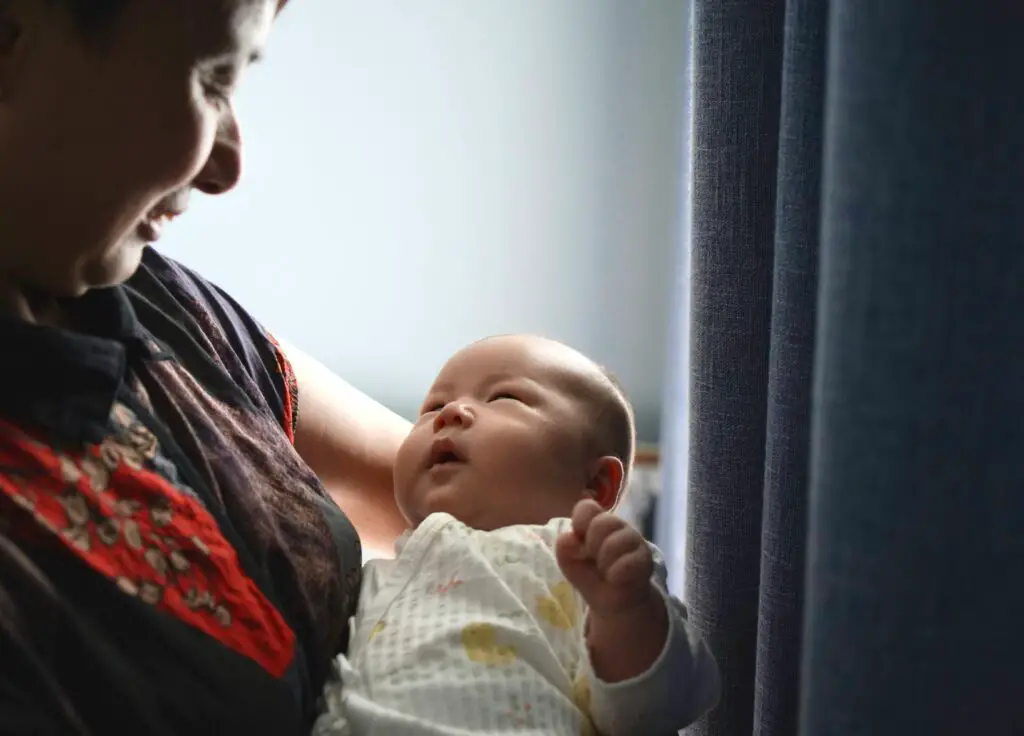
Some vintage advice columns swore that babies should be given sips of water between feedings. It was considered a way to “cleanse” their systems and keep them hydrated, even for newborns. Magazines claimed this practice would also prevent fussiness and help babies sleep longer.
Today, we know giving plain water to young babies can actually be dangerous and lead to electrolyte imbalances. Breast milk or formula has everything they need in the early months. It’s a good example of how something that sounded harmless in print was actually risky in practice.
3. Sugar is a Good Energy Booster for Kids

One glance at old parenting ads shows kids being handed candy bars “for quick energy.” Magazines repeated the idea that sugar was basically a pick-me-up that helped children run, play, and even focus better. It was framed as almost medicinal, not indulgent.
Now we all know the crash that follows a sugar rush isn’t doing any kid any favors. While the occasional treat is fine, turning sugar into a daily “remedy” is one of those parenting myths that thankfully faded with time.
4. Babies Should Sleep on Their Stomachs
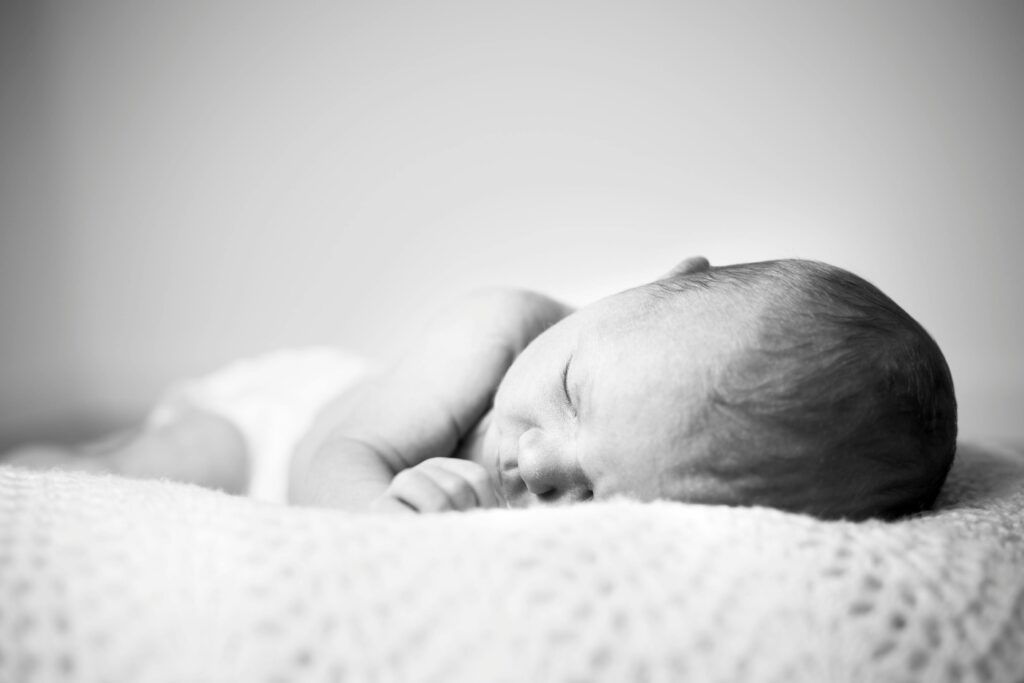
For decades, magazines assured parents that putting babies on their stomachs to sleep was safer. The reasoning was that it would prevent choking if they spit up. Articles repeated this so often that it became the standard advice for a whole generation.
Research later revealed that stomach-sleeping dramatically increases the risk of SIDS. The “Back to Sleep” campaign of the 1990s flipped this advice on its head, saving countless lives. It’s a striking reminder of how even well-meant guidance can be dangerously wrong.
5. Beer to Boost Breast Milk
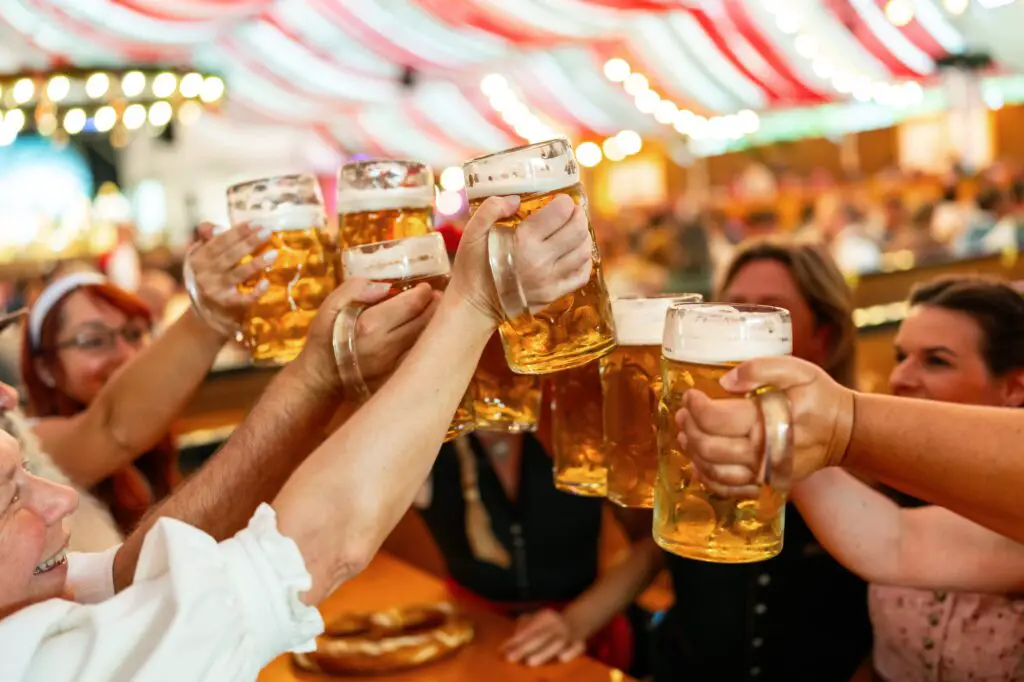
Some vintage advice columns recommended that new mothers drink a little beer to “increase milk supply.” It was promoted as a natural, relaxing way to nourish both mom and baby. Certain ads even tied it to wholesome family life.
Modern science doesn’t support this at all. Alcohol isn’t a safe lactation aid and can even harm infants. While the barley in beer may have sparked the myth, it’s not exactly the health hack those old magazines promised.
6. Spanking Builds Character

Old parenting magazines regularly argued that a “firm hand” built strong character in children. Articles claimed that spanking would teach respect, obedience, and moral fiber. Parents who avoided it were often made to feel “too soft.”
Today, research shows physical punishment often has the opposite effect, leading to aggression and anxiety. It’s one of those pieces of advice that really highlights how cultural attitudes around discipline have changed dramatically.
7. Teething Causes Fevers and Diarrhea
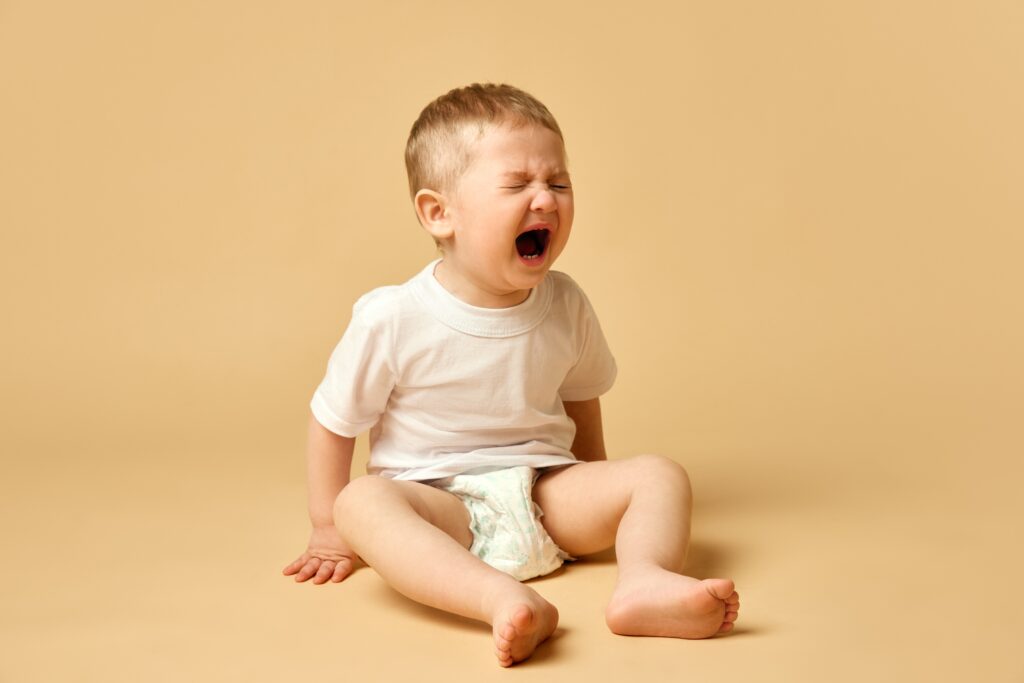
Decades ago, magazines often blamed teething for fevers, diarrhea, and almost any bout of crankiness. Parents were told to expect weeks of misery whenever a new tooth was on its way. Remedies included rubbing whiskey on the gums or giving babies hard biscuits to chew.
We now know teething might cause drooling or irritability, but it doesn’t cause fevers or illness. Those symptoms usually meant something else was going on. Still, generations of parents braced themselves for teething storms that weren’t entirely real.
8. Sun Tanning is Healthy for Kids
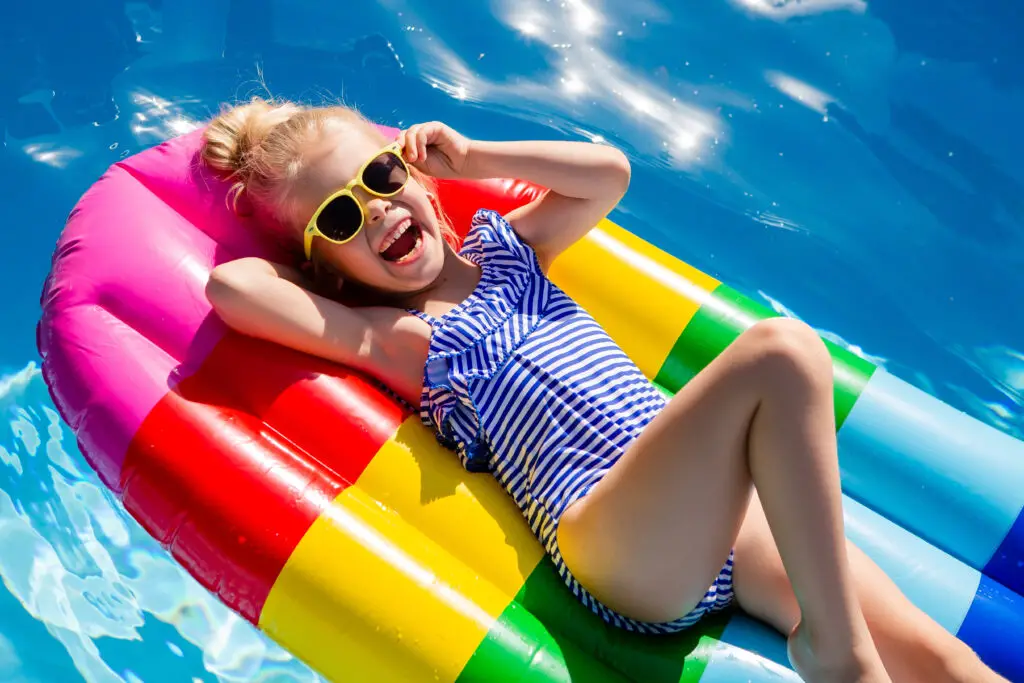
Old magazines often encouraged parents to let children soak up the sun without protection. Sunshine was praised as a natural vitamin D source and even promoted for “building strong bones and healthy nerves.” Babies in swimsuits were sometimes pictured sunbathing as if it were medicinal.
While sunlight does help with vitamin D, we now understand the dangers of too much exposure. Skin damage and long-term cancer risks make this one of the more shocking myths that once sounded like solid health advice.
9. Baby Walkers Teach Kids to Walk Faster
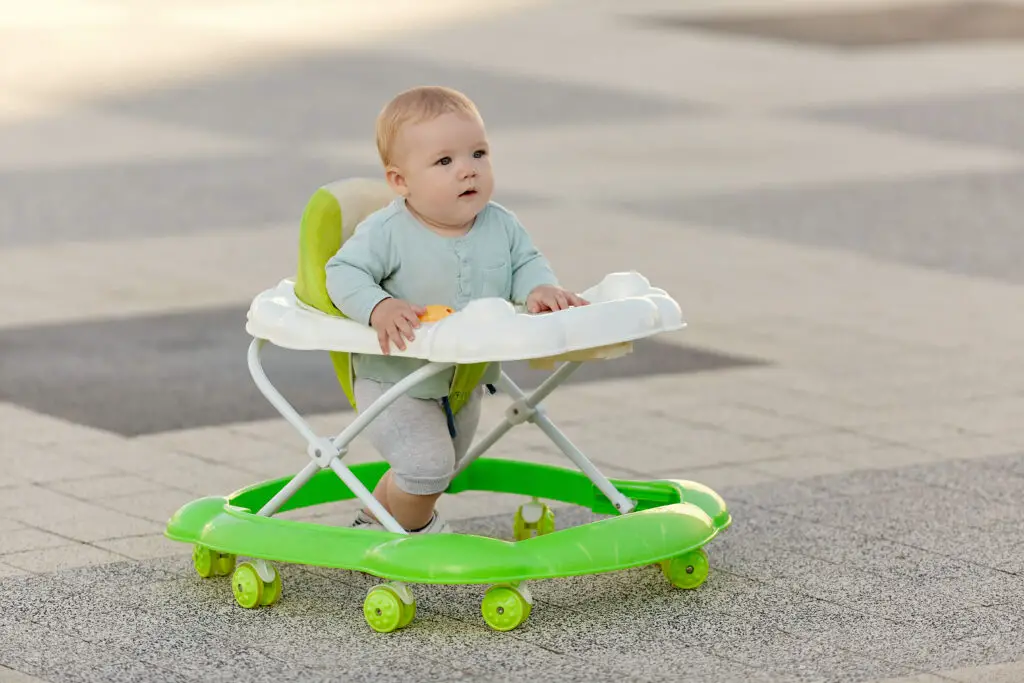
Many mid-century ads showed proud parents placing their babies in walkers, convinced it would make them learn to walk earlier. Magazines echoed the idea that walkers “strengthened legs” and gave children a developmental advantage.
In reality, walkers can delay proper walking skills and even cause accidents. Pediatricians now discourage their use, pointing out that babies need free movement and safe practice on the floor. What once looked like a shortcut was really just a setback.
10. Cold Weather Causes Colds

One of the longest-lasting magazine myths was that going out without a hat or coat in the winter would cause a cold. Parents were warned that letting kids run around with wet hair or bare feet practically guaranteed illness.
Of course, we now know colds are caused by viruses, not chilly air. While staying warm is certainly comfortable, being underdressed in winter doesn’t summon germs. It’s one of those myths that has stuck around in family conversations, even after science proved otherwise.
11. Kids Need Cod Liver Oil Daily

Magazines once pushed cod liver oil as an essential daily supplement for children. Parents were told it built strong bones, improved intelligence, and even prevented rickets. Some columns described it as a “miracle” dose of health.
While cod liver oil does contain vitamin D and omega-3s, forcing it down every child’s throat wasn’t exactly necessary. Many kids dreaded the taste, and with today’s balanced diets and fortified foods, it’s far from essential.
12. Left-Handedness Should Be Corrected

Old parenting guides often painted left-handedness as a problem to fix. Parents were advised to encourage—or even force—children to switch hands for writing and eating. The myth was that left-handedness led to awkwardness, poor grades, or social struggles.
We now know being left-handed is completely normal and not a flaw at all. Correcting it often caused stress and sometimes lasting problems. Thankfully, this is one myth that has gone out of fashion for good.
13. Talking About Puberty Too Early Will “Spoil” Kids

Magazines once encouraged parents to delay conversations about puberty and sex until children were much older. The belief was that explaining these things early would confuse or corrupt them. Articles framed silence as a way of “protecting innocence.”
Modern parenting advice leans the opposite way, encouraging age-appropriate conversations early on. Kids benefit from having accurate information and feeling comfortable asking questions. It’s a stark example of how secrecy was once seen as protective, when in reality it left many kids in the dark.
14. Ice Baths for Fevers
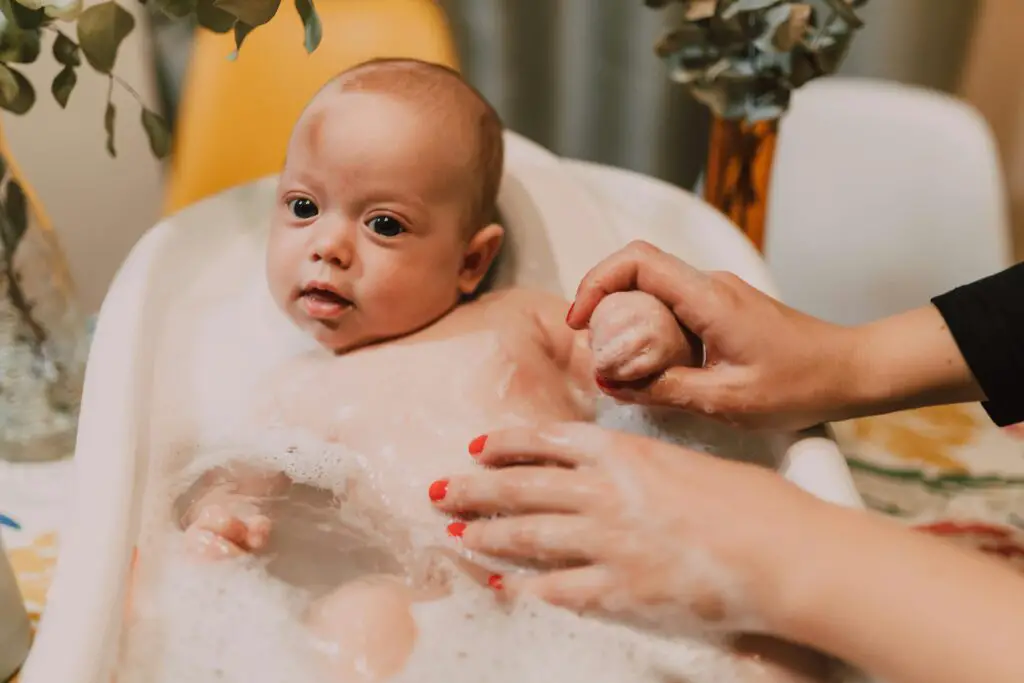
Some old advice columns recommended plunging a feverish child into an ice bath. Parents were told the shock of cold water would “break” a fever and bring fast relief. Magazine illustrations sometimes even showed smiling kids wrapped in towels afterward.
Today, we know this method can actually be dangerous, leading to shivering and raising the body’s core temperature. Fevers usually resolve with rest, fluids, or mild medication. This myth is one of the harsher ones, and it’s a relief that most modern parents never encounter it in print.
